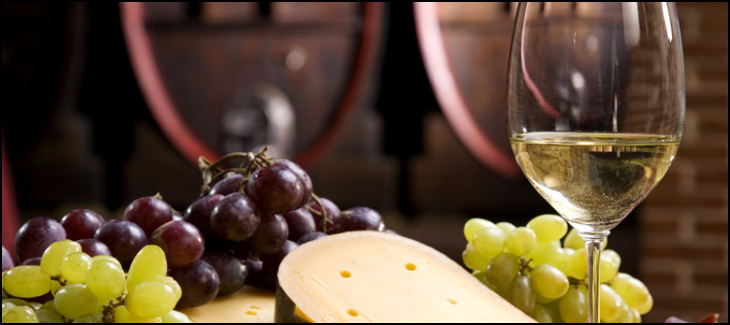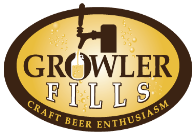Chardonnay
The Chardonnay grape produces one of the most recognized white wines in the world. It can be grown just about anywhere, and boy is it. The grape itself has little indigenous character of its own, so it typically displays the characteristics of the soil and climate in which it is grown.
When most American’s think of Chardonnay, they usually envision a California Chardonnay. These wines tend to be medium bodied and buttery. Notes of apple and pear dominate Napa Chardonnays while more tropical fruits flavors such as mango, peach, and banana are found in Sonoma Chards. Vanilla from oak aging is often present in both.
Washington State and New York also grow a significant amount of Chardonnay. Chardonnays from these cooler regions have dominant notes of apple, ranging in flavor from Golden Delicious to Gala, to Granny Smith.
Chardonnay grown in Australia is often either a complete fruit explosion, with notes of pineapple, coconut, and banana or a bit lighter with notes of white peach and nectarines. We have often found notes of buttery popcorn in many Australian Chardonnays.
Every day we hear people say they don’t like Chardonnay. When asked which ones they have tried, 9 out of 10 customers list off Chardonnays from California and Australia. Now, we’re not implying there is anything wrong with these wines. Personally, we love a big, oaky, buttery California Chardonnay. However, if you are a Chardonnay hater, don’t give up on the wine just yet. As we said earlier, the taste of the grape changes with the region it is grown in. In many cases, the people who dislike California or Australia Chardonnay end up loving French Chardonnay.
French Chardonnay is primarily grown in two regions, Chablis and Burgundy. All white Burgundy is Chardonnay and is lightly oaked. Within the Burgundy region lay three important subdivisions: Cote de Beaune, Macon, and Rully. Wines from Cote de Beaune have a clean taste, with notes of toast, nuts, butter and subtle fruit. Wines from Macon and Rully, including Pouilly-Fuisse, tend to be soft, elegant wines with notes of green apple and lemon. Chardonnays from Chablis are normally unoaked. Many of the Premier Crus and Grand Crus within Chablis wines see little time in oak. They are dry, with deft minerality, light stone and white fruit. They are the antithesis of a Californian Chardonnay.


